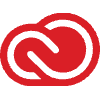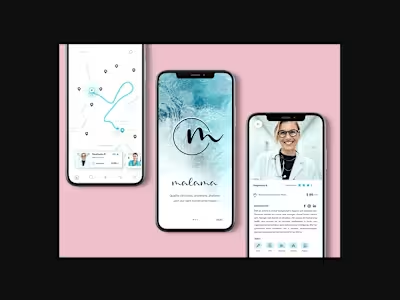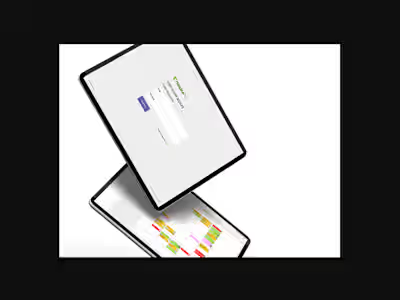Malama
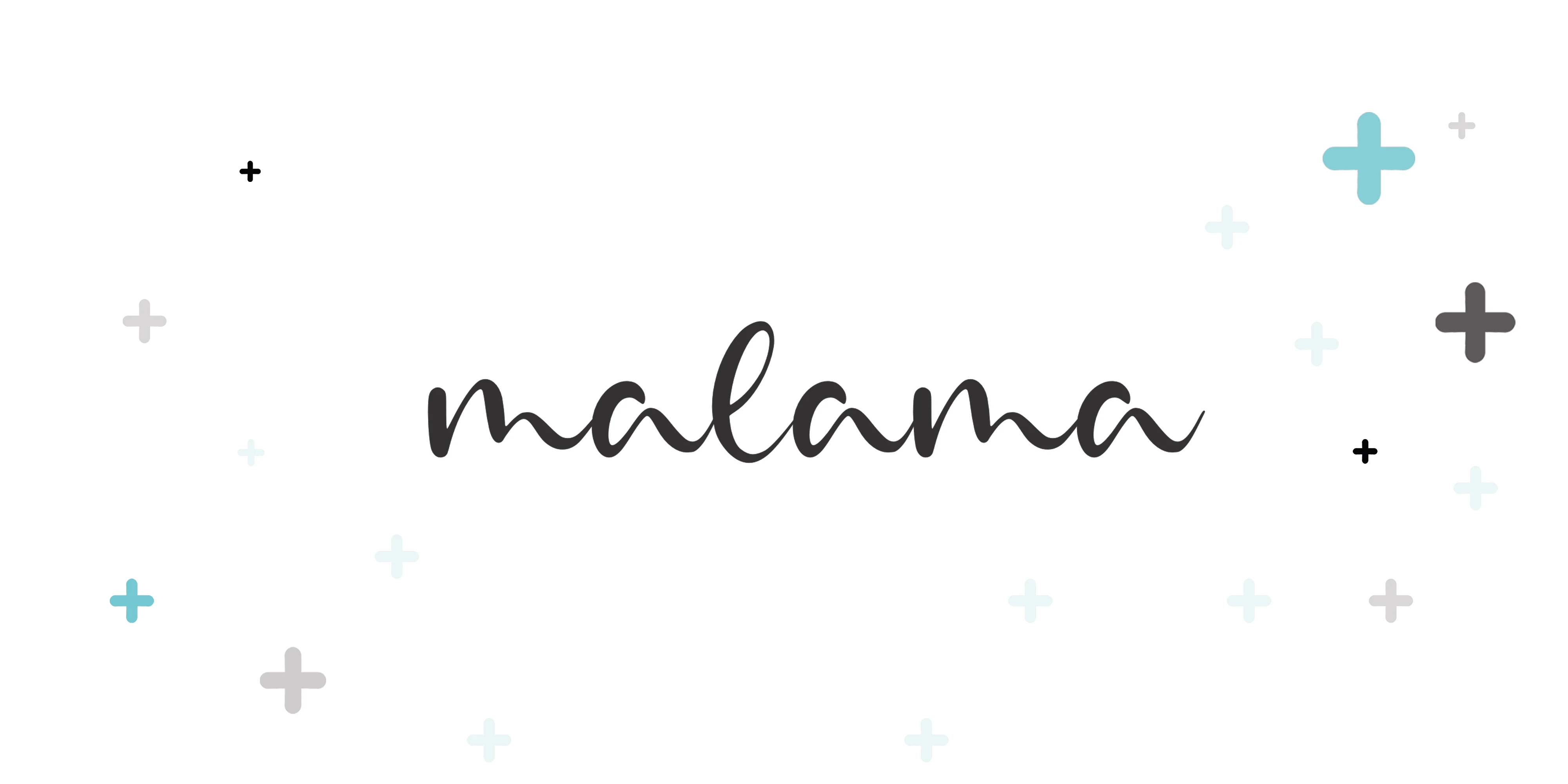
Overview
You’ve likely heard this term in the news or in conversation — or maybe you’re even living it. The “gig economy” is used to describe a workforce primarily comprised of temporary or flexible jobs. It’s closely associated with freelance workers. While the concept of working a “gig” has been around for decades, today’s work landscape has taken the approach to an entirely new level. In fact, freelance workers are projected to make up more than half of the U.S. workforce by late 2021. People want flexibility — the ability to dictate their own terms and rates — and more people are looking for “work” rather than “a job.” Fifty years ago, the healthcare industry was the leader in the gig economy, with a freelance job market ahead of its time. But in recent years, the industry has fall behind.
Compared to other industries that have embraced innovation and updated the way they hire workers, healthcare has not advanced as quickly. Now, there is a need to bring the gig economy back to healthcare to address some of the largest problems facing the nursing industry: clinician turnover and staffing shortages. It’s estimated that the rate of turnover for nurses is 40 percent and about one in five home health aides report that they are actively looking for another job, in large part due to burnout and the lack of flexibility. So how can we prevent burnout and decrease turnover? One way is to bring back a focus on flexibility through the freelance and contract work that led the healthcare industry years ago. This type of gig work grants nurses the freedom to make their own schedule and the opportunity to expand their earning potential. The stage is set for Malama — the only app bridging the staffing gap between nurses and healthcare facilities.
Similar to the on-demand business models of TaskRabbit and Uber, Malama enables nurses to join a growing care community by giving them the opportunity to pick up extra shifts and earn additional income by setting their own rates, all the while helping to alleviate the nationwide nursing shortage.We are at a tipping point in the healthcare industry, with nursing shortage fears at an all-time high. The shift to a more flexible and on-demand nurse staffing model needs to happen. If the healthcare industry adopts a more structured freelance approach to staffing, it can start to keep pace across all aspects of the care continuum. With this potential in reach, healthcare workers are more excited than ever for what the future has in store for nurse staffing.
Research Goals
Gain a better understanding of the staffing process in the industry today and learn how users book help via mobile apps and online websites.
Gain insight on the types of jobs healthcare professionals seek, as well as which are most commonly available.
Learn common pain points and motivations of both clinics and clinicians when booking temporary hired help in the healthcare industry today.
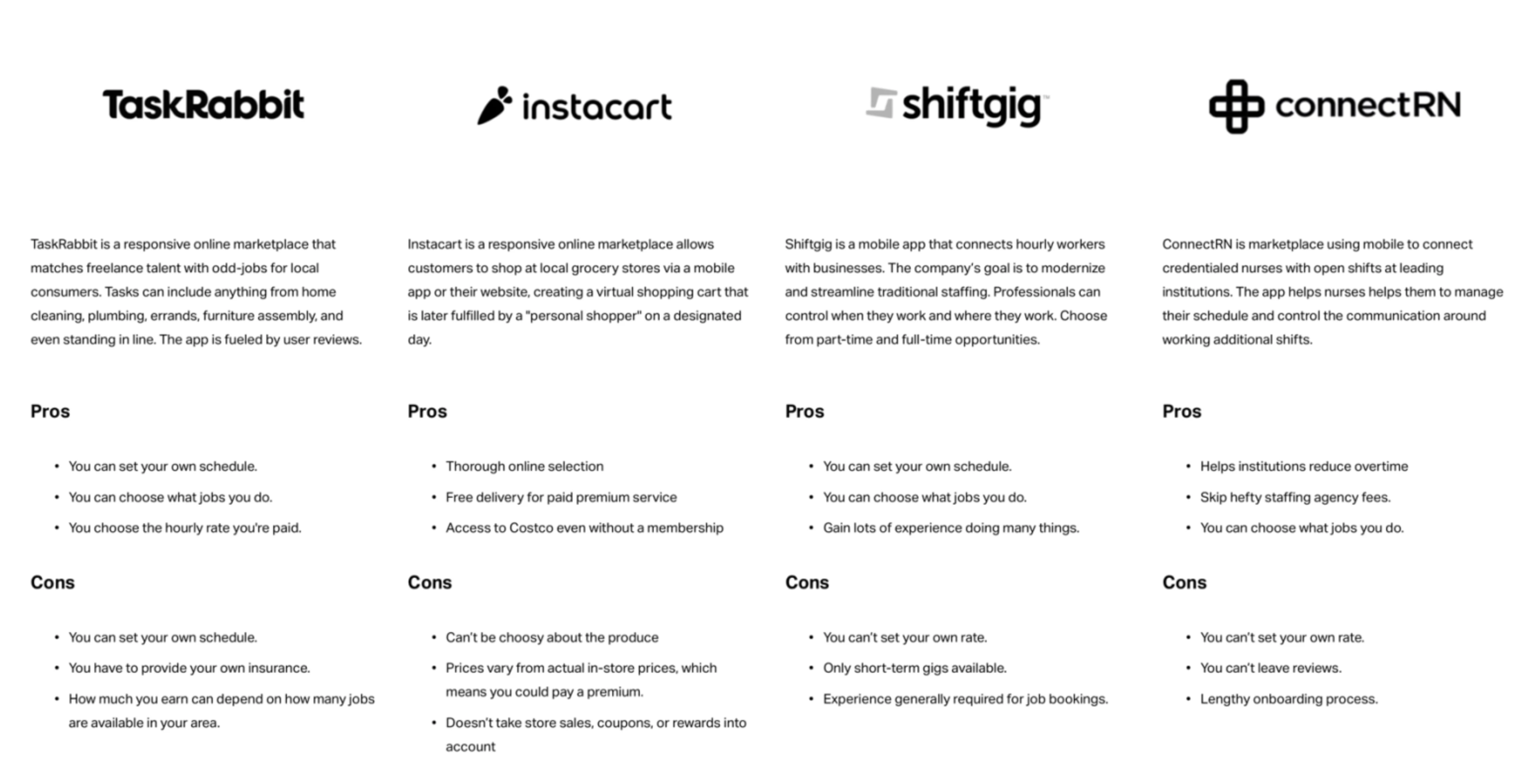
Market Research
The research for this project focused on identifying a few core habits of both sets of users: facilities and providers. First, I analyzed the way facilities already research, plan, and book healthcare workers today by completing one-on-one and contextual interviews as well as extensive competitor analysis through online research. Second, I assessed each provider’s motivations when booking and accepting jobs. After reviewing the combined user data, I was able to identify patterns in user behavior and motivations based on their wants and needs. Using a data table, I compared top competitor apps by comparing their features with user wants and needs to identify their strengths and weaknesses.
Summary of Findings
Four total brands were analyzed and compared for competitive market research. Two of the brands were healthcare staffing apps, while the remaining two are well-known on-demand, gig economy based apps.
Malama should incorporate an on-demand, peer-to-peer business model similar to TaskRabbit, but instead of connecting taskers to tasks, Malama will connect nurses and clinicians to available shifts. Malama will not only allow for providers to manage their own schedules based on their lifestyle, but it will also give providers the opportunity to set their own rates based on their experience and professional skill sets.
“Nurses especially have a hard time being able to fulfill their calling because there’s too much friction when it comes to the staffing model. I’d like to see some development which empowers clinicians through technology, providing caregivers with innovative tools to be caregivers at their best.”
Persona Development

Like this project
Posted Feb 1, 2023
An on-demand healthcare mobile application. Role: Senior Product Designer, Senior Product Manager, UX Researcher, and more (solo project)

